Home>Gardening & Outdoor>Outdoor Structures>How Far Does A Shed Have To Be From The Fence In California
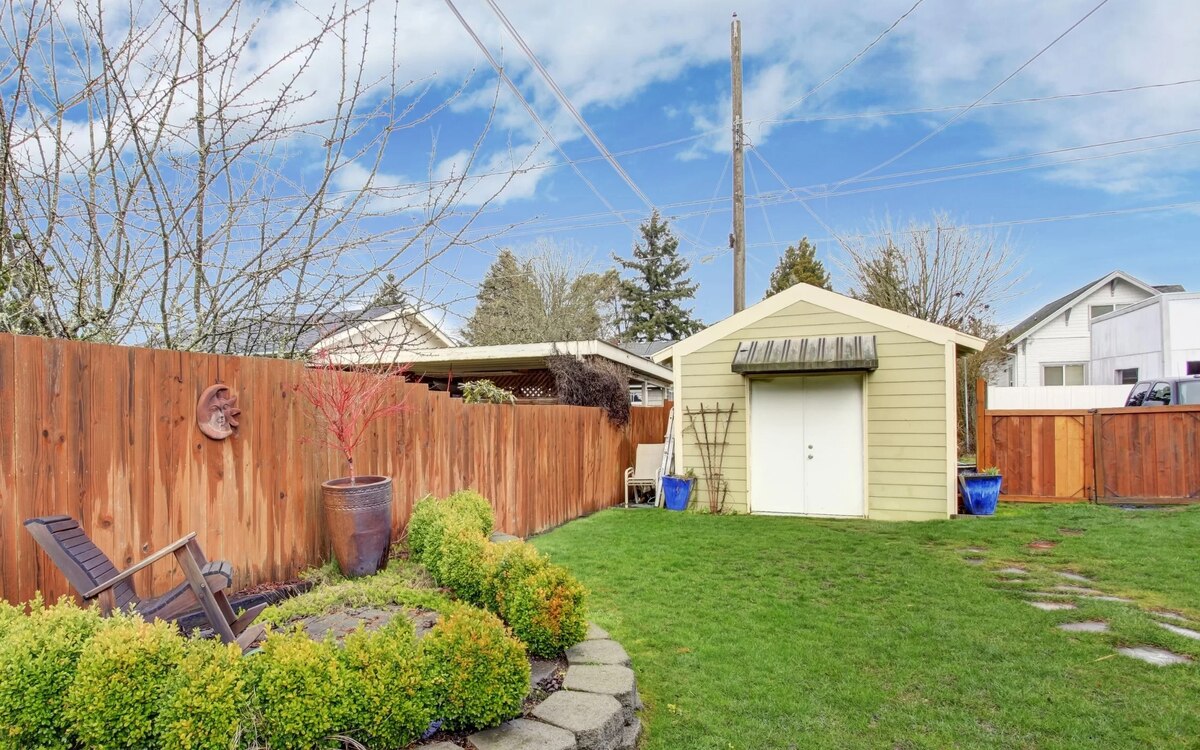

Outdoor Structures
How Far Does A Shed Have To Be From The Fence In California
Modified: March 2, 2024
Learn about the California regulations for the distance between sheds and fences. Get expert advice on outdoor structures.
(Many of the links in this article redirect to a specific reviewed product. Your purchase of these products through affiliate links helps to generate commission for Storables.com, at no extra cost. Learn more)
Introduction
When it comes to enhancing your outdoor space with a functional and aesthetically pleasing structure, a shed can be a valuable addition. Whether you plan to use it for storage, as a workshop, or as a cozy retreat, the placement of your shed is a crucial consideration. In the beautiful state of California, where outdoor living is a way of life, understanding the regulations and best practices for placing a shed near a fence is essential.
California boasts a diverse climate, from the sunny beaches of Southern California to the majestic forests of the north. The state's building codes and regulations are designed to ensure safety, structural integrity, and harmonious urban planning. Therefore, before embarking on your shed placement project, it's important to familiarize yourself with the specific requirements set forth by California's building codes.
In this comprehensive guide, we will delve into the nuances of shed placement near fences in California. We'll explore the relevant building codes, shed placement requirements, and the factors you should consider when determining the ideal location for your shed. By the end of this article, you'll be equipped with the knowledge to make informed decisions and embark on your shed placement project with confidence. Let's begin by understanding the building codes that govern outdoor structures in California.
Key Takeaways:
- Understanding California’s shed placement regulations is crucial for creating a safe and harmonious outdoor space, considering factors like setback requirements, neighborly relations, and fire safety.
- When placing a shed near a fence in California, consider factors like access, sunlight, and aesthetics to ensure compliance with regulations and create a functional and visually appealing outdoor environment.
Understanding California Building Codes
California, known for its stringent building codes, prioritizes safety, sustainability, and urban planning. These codes are designed to ensure that any structure, including sheds, meets specific standards to withstand the diverse environmental conditions prevalent across the state. When it comes to outdoor structures such as sheds, California has established regulations to govern their construction, placement, and proximity to property boundaries and existing structures.
One of the key aspects of California building codes relevant to shed placement is the setback requirements. Setback regulations dictate the minimum distance a structure must maintain from property lines, fences, and other buildings. These regulations aim to prevent overcrowding, maintain privacy, and facilitate safe access for maintenance and emergency services.
Additionally, California building codes consider factors such as fire safety, structural integrity, and zoning ordinances. For instance, in areas prone to wildfires, specific regulations may govern the materials and design features permissible for sheds and other outdoor structures to mitigate fire risks. Zoning ordinances also play a crucial role in determining the allowable land use, setbacks, and building heights, ensuring that new structures complement the existing urban landscape.
It’s important to note that while statewide building codes provide a comprehensive framework, certain local jurisdictions in California may have additional regulations or variations tailored to their unique environmental and urban characteristics. Therefore, consulting with local building authorities or obtaining permits may be necessary before commencing any shed placement project.
By understanding and adhering to California’s building codes, you can ensure that your shed placement complies with the necessary regulations, promoting safety, sustainability, and harmonious integration with the surrounding environment. With this foundational knowledge in place, let’s explore the specific requirements for placing a shed near a fence in California.
Shed Placement Requirements in California
When positioning a shed on your property in California, it’s essential to adhere to the state’s regulations governing setback requirements, property lines, and other pertinent considerations. Understanding these requirements is crucial for ensuring compliance and creating a harmonious outdoor environment.
Setback Requirements: California’s building codes typically mandate specific setback distances for structures, including sheds, from property lines and fences. The setback distance can vary based on factors such as the size of the shed, the zoning classification of the property, and the specific regulations of the local jurisdiction. Common setback distances for sheds from property lines range from 5 to 10 feet, but it’s important to consult the relevant building authorities or zoning ordinances to determine the precise setback requirements for your location.
Property Lines and Easements: Before placing a shed near a fence, it’s crucial to accurately identify and respect your property lines. Encroaching on neighboring properties or public easements can lead to legal complications and the potential need for costly adjustments. Therefore, obtaining a survey of your property to delineate the boundaries and any easements is a prudent step before finalizing the placement of your shed.
Building Permits: In many cases, constructing a new shed or making significant alterations to an existing one in California requires obtaining the necessary building permits. These permits serve as official approval from the local building authority, ensuring that the shed complies with relevant building codes, zoning regulations, and safety standards. When applying for permits, you may need to provide detailed plans and specifications, including the proposed location of the shed in relation to fences and property lines.
Environmental Considerations: California’s diverse climate and environmental conditions necessitate thoughtful consideration when placing a shed. Factors such as drainage, sun exposure, prevailing winds, and wildfire risks can influence the ideal location for your shed. By accounting for these environmental considerations, you can optimize the functionality and longevity of your outdoor structure while minimizing potential hazards.
By familiarizing yourself with the shed placement requirements in California and diligently adhering to the relevant regulations, you can embark on your shed placement project with confidence, knowing that your outdoor space will be both functional and compliant with the state’s building codes. As we delve deeper into shed placement considerations, let’s explore the factors to consider when placing a shed near a fence in California.
In California, a shed must be at least 3 feet away from the property line or fence. Always check with your local zoning regulations for specific requirements.
Factors to Consider When Placing a Shed Near a Fence
When contemplating the placement of a shed near a fence in California, several important factors merit careful consideration to ensure optimal functionality, compliance with regulations, and harmonious integration with your outdoor space.
- Setback Requirements: As mentioned earlier, California’s setback requirements dictate the minimum distance a shed must maintain from property lines and fences. Understanding these regulations is essential for determining the feasible placement options for your shed. Be sure to consult the specific setback distances mandated by the building codes and zoning ordinances in your area.
- Access and Maintenance: Placing a shed near a fence should take into account the need for convenient access and maintenance. Ensure that there is ample space around the shed, especially adjacent to the fence, to allow for easy cleaning, repairs, and potential future expansion or replacement of the shed.
- Neighborly Relations: Consider the potential impact of your shed placement on neighboring properties. Positioning the shed in a manner that respects your neighbors’ privacy and property boundaries can contribute to positive neighborly relations. Additionally, open communication with neighbors about your shed placement plans can help address any concerns and foster a harmonious living environment.
- Sunlight and Ventilation: Assess the sunlight exposure and ventilation around the proposed shed location. Adequate sunlight and airflow are essential for preserving the structural integrity of the shed and preventing moisture-related issues. Positioning the shed in a way that maximizes natural light and ventilation while considering the shading effects of the fence can contribute to a more functional and pleasant interior environment.
- Landscaping and Aesthetics: The placement of a shed near a fence offers an opportunity to enhance the overall aesthetics of your outdoor space. Consider integrating landscaping elements such as shrubs, trellises, or decorative screens to soften the transition between the shed and the fence, creating a visually appealing and cohesive outdoor setting.
- Fire Safety Considerations: In fire-prone areas of California, it’s crucial to consider fire safety when placing a shed near a fence. Selecting fire-resistant materials for the shed and maintaining adequate clearance between the shed and the fence can help mitigate fire risks and enhance overall safety measures.
By carefully evaluating these factors and incorporating them into your decision-making process, you can strategically place your shed near a fence in California, creating a functional, visually appealing, and compliant outdoor space that aligns with the state’s building codes and regulations. As you navigate the considerations for shed placement, it’s important to approach the process with a holistic perspective that balances practicality, aesthetics, and regulatory compliance.
Conclusion
Embarking on a shed placement project in California involves a thoughtful consideration of building codes, setback requirements, and various factors that influence the optimal positioning of the structure, especially when near a fence. By understanding the regulations and carefully evaluating the practical and aesthetic considerations, you can create a harmonious outdoor space that aligns with California’s building codes and enhances the functionality and visual appeal of your property.
Throughout this guide, we’ve explored the importance of understanding California’s building codes, which prioritize safety, sustainability, and urban planning. These codes provide a framework for ensuring that shed placement complies with specific standards and regulations, contributing to a well-integrated and safe outdoor environment.
Furthermore, we’ve delved into the shed placement requirements in California, emphasizing the significance of setback regulations, property lines, building permits, and environmental considerations. Adhering to these requirements not only ensures compliance but also promotes the longevity and functionality of the shed while minimizing potential conflicts with neighboring properties and environmental hazards.
When considering the placement of a shed near a fence, we’ve highlighted crucial factors such as setback requirements, access and maintenance, neighborly relations, sunlight and ventilation, landscaping, and fire safety. By carefully weighing these factors, you can strategically position your shed to optimize its functionality, aesthetics, and compliance with regulatory standards.
Ultimately, the placement of a shed near a fence in California is a multifaceted endeavor that requires a holistic approach, integrating regulatory compliance, practical considerations, and the enhancement of outdoor aesthetics. By leveraging the knowledge and insights shared in this guide, you are well-equipped to embark on your shed placement project with confidence, ensuring that your outdoor space reflects both your personal preferences and the regulatory requirements of the state.
As you navigate the process of placing a shed near a fence in California, remember that thoughtful planning, adherence to regulations, and open communication with neighbors can contribute to a positive and harmonious outdoor living environment. Whether you envision your shed as a functional storage space, a workshop, or a serene retreat, its placement near a fence can be a seamless and rewarding aspect of enhancing your outdoor lifestyle in the Golden State.
Frequently Asked Questions about How Far Does A Shed Have To Be From The Fence In California
Was this page helpful?
At Storables.com, we guarantee accurate and reliable information. Our content, validated by Expert Board Contributors, is crafted following stringent Editorial Policies. We're committed to providing you with well-researched, expert-backed insights for all your informational needs.
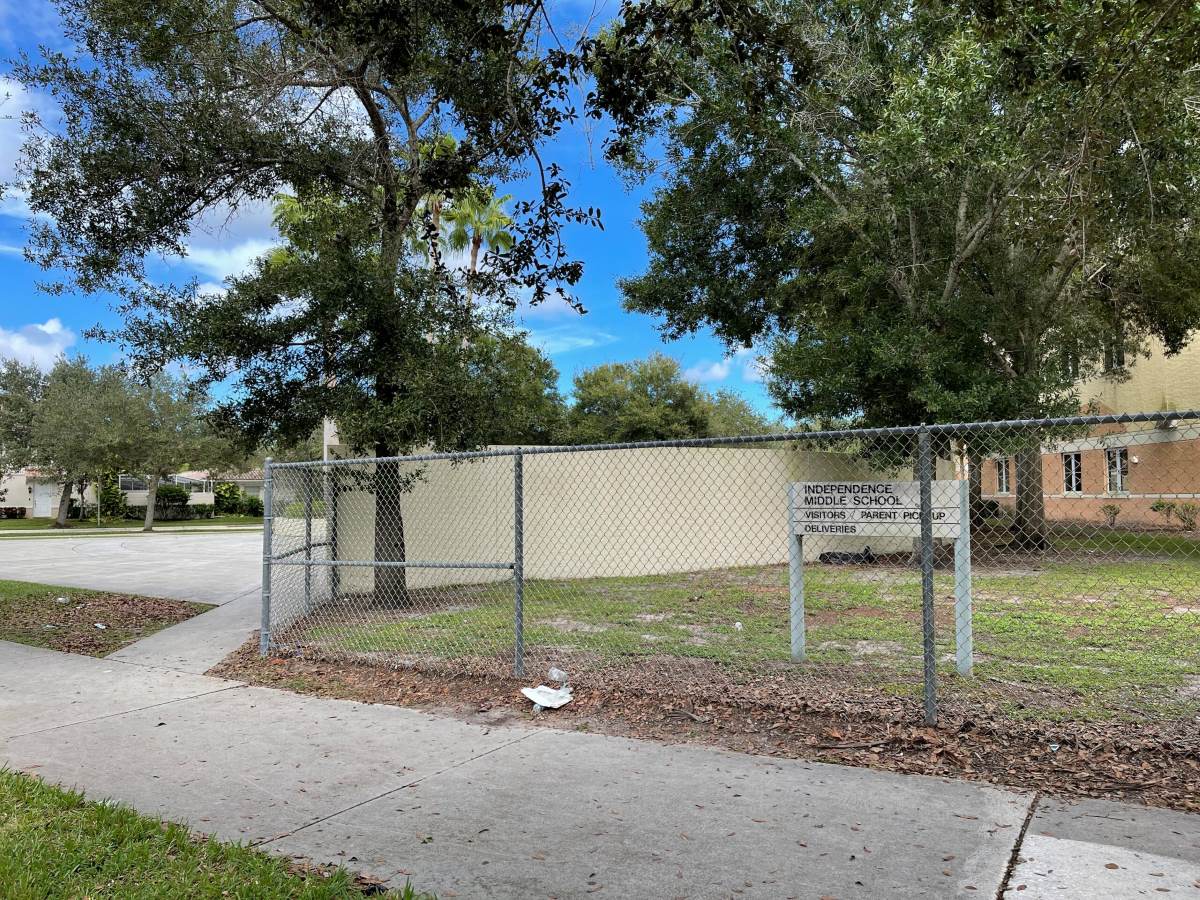
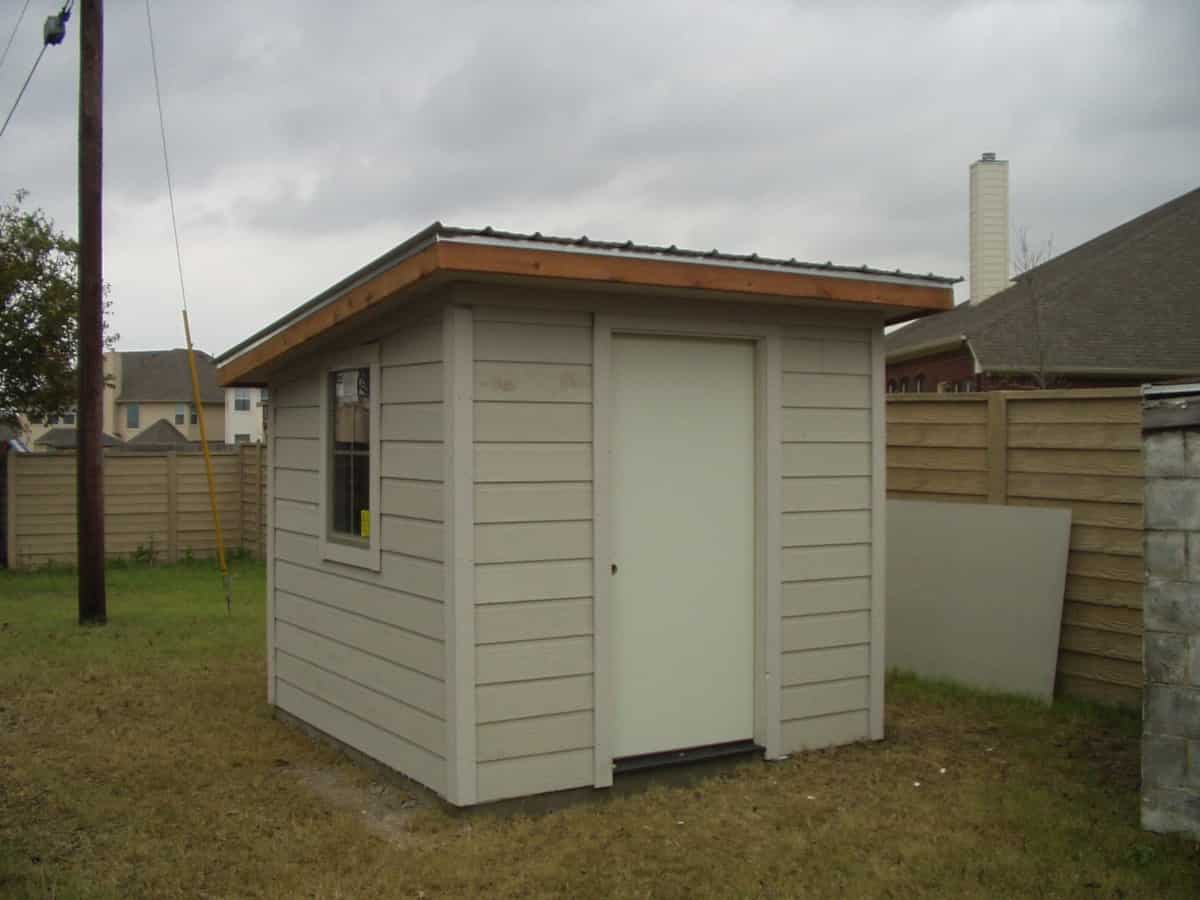
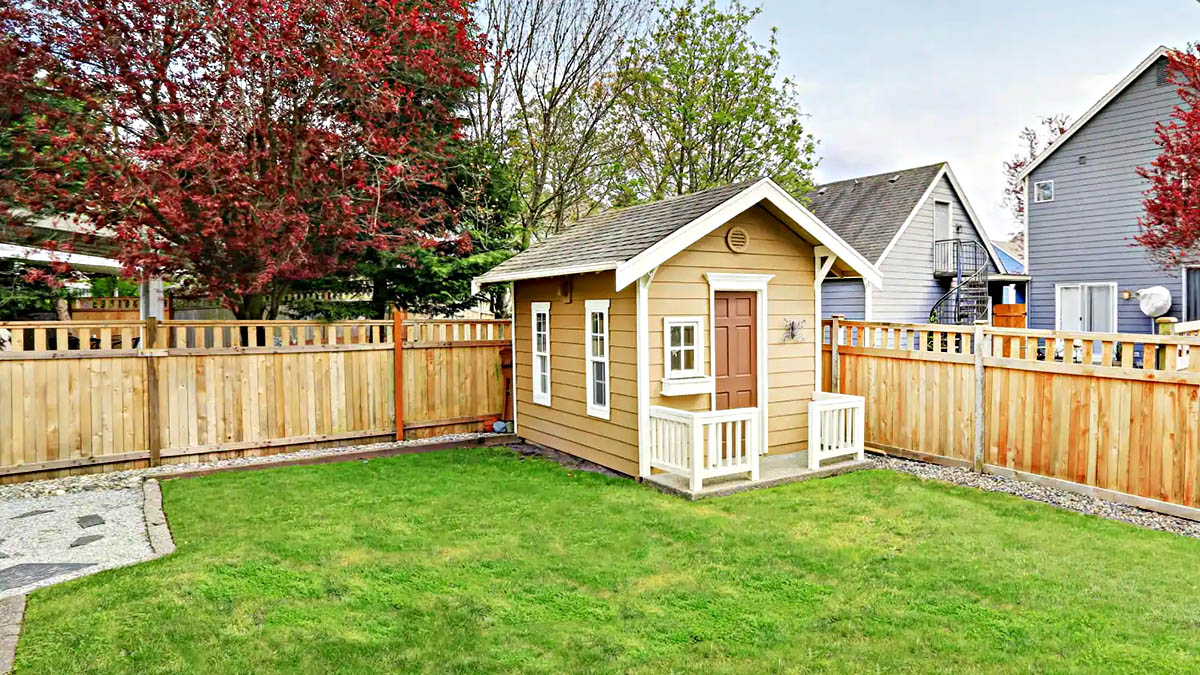


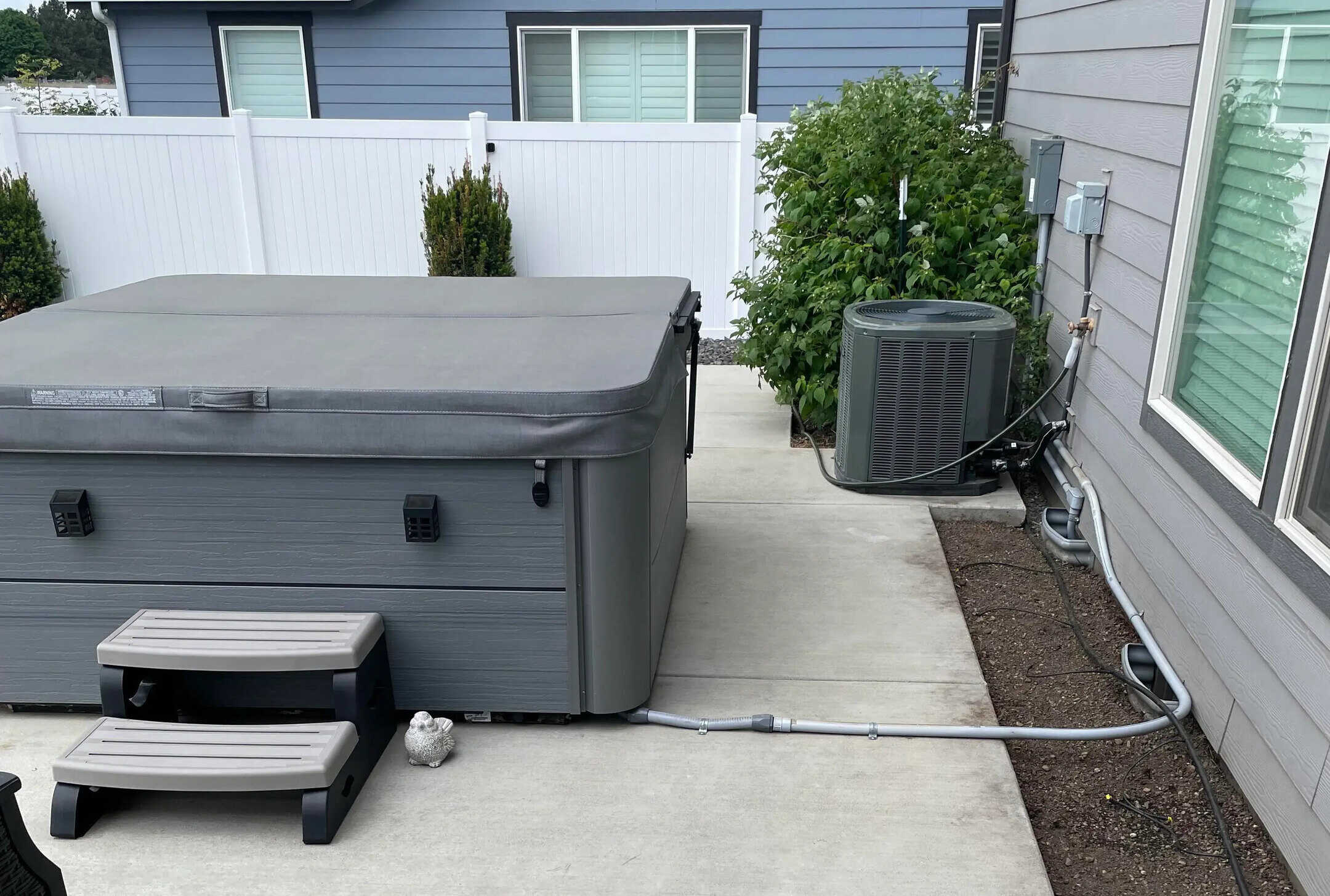
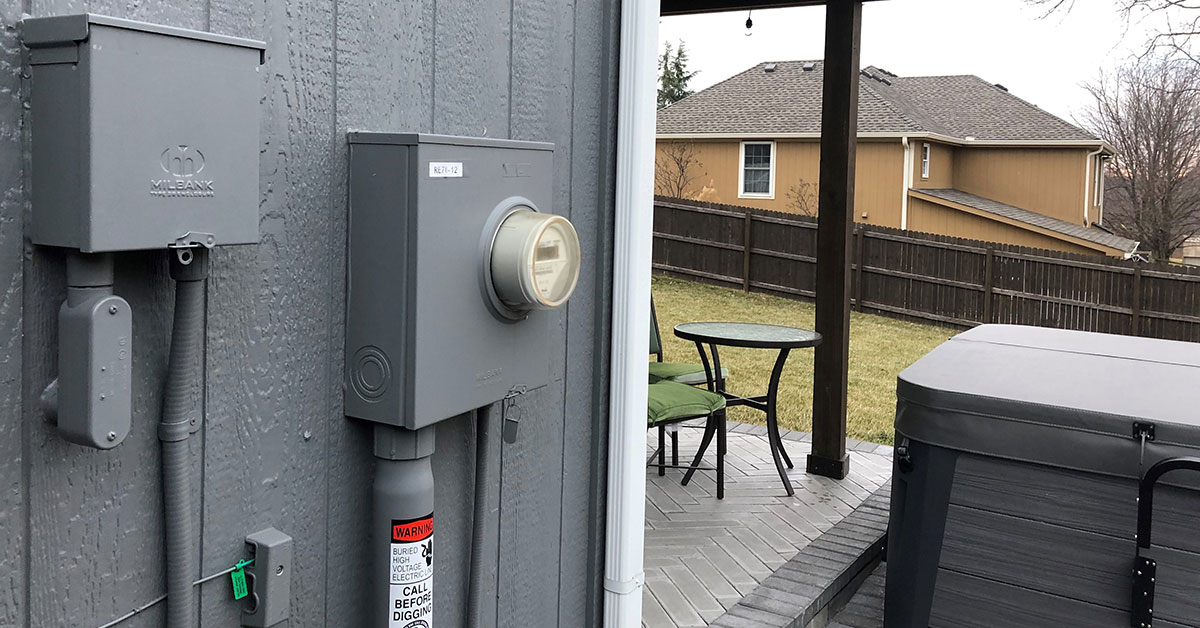

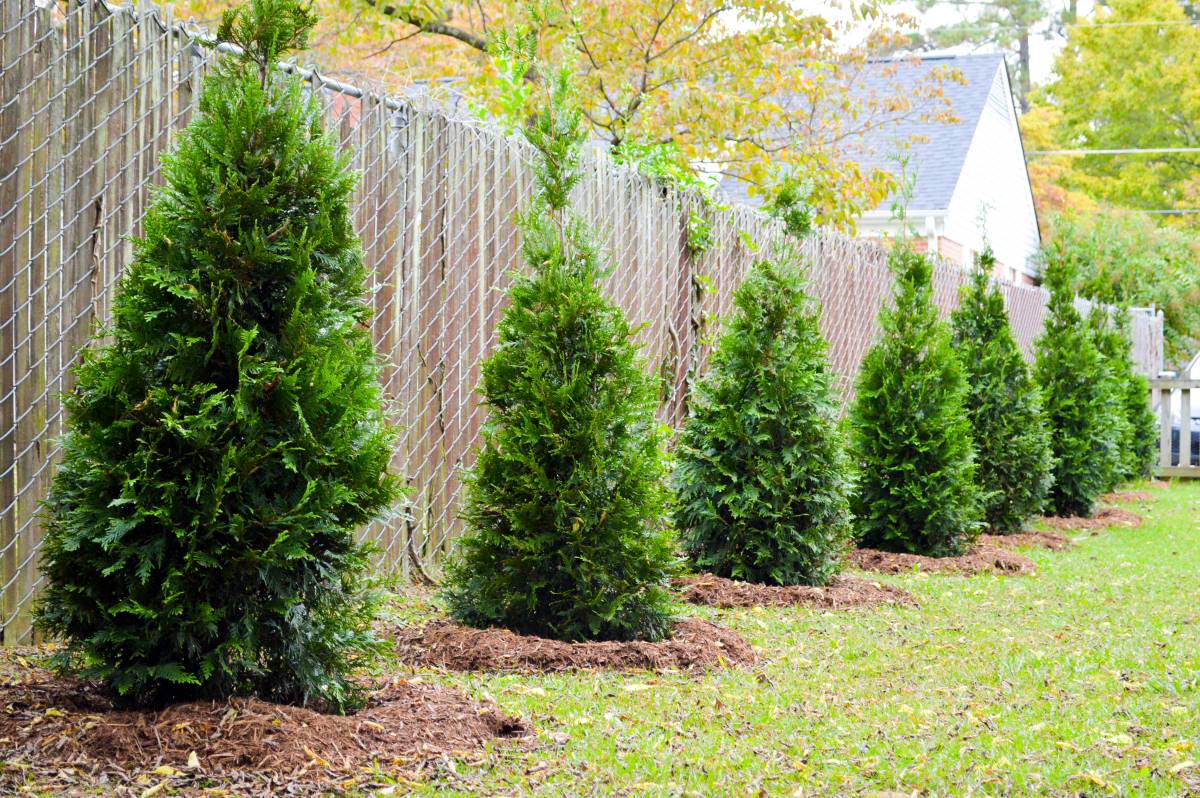
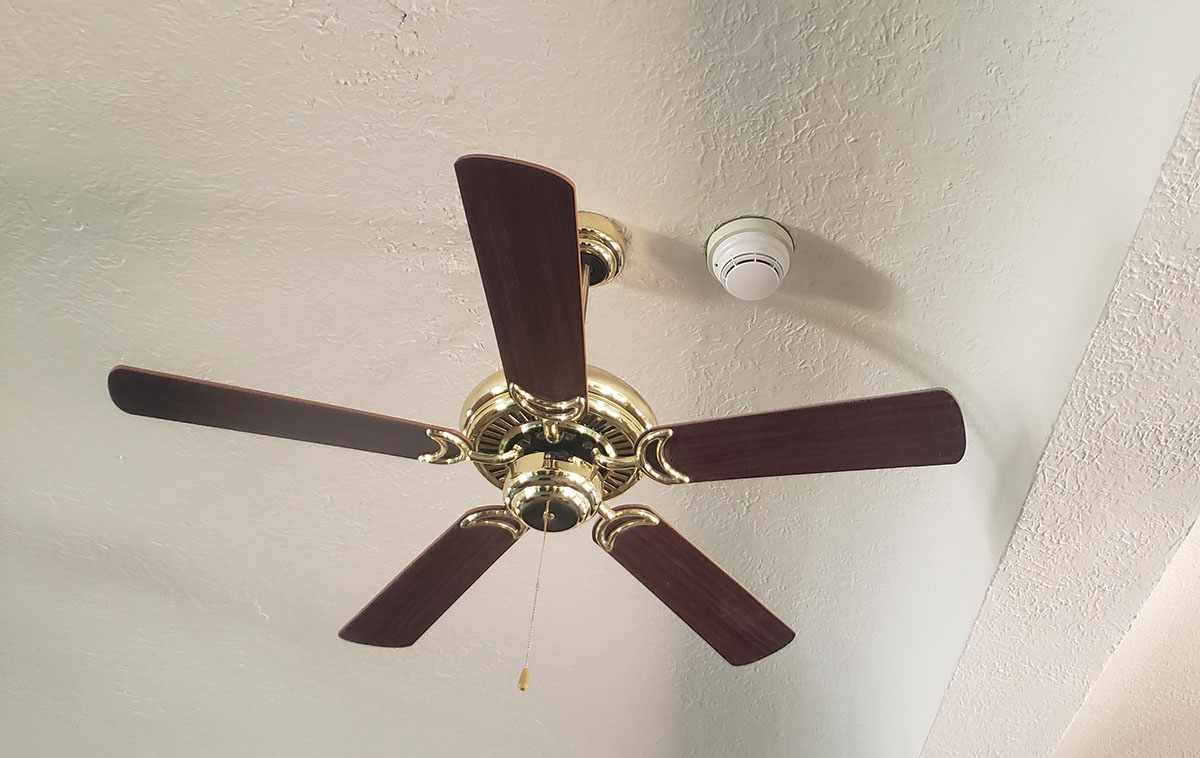
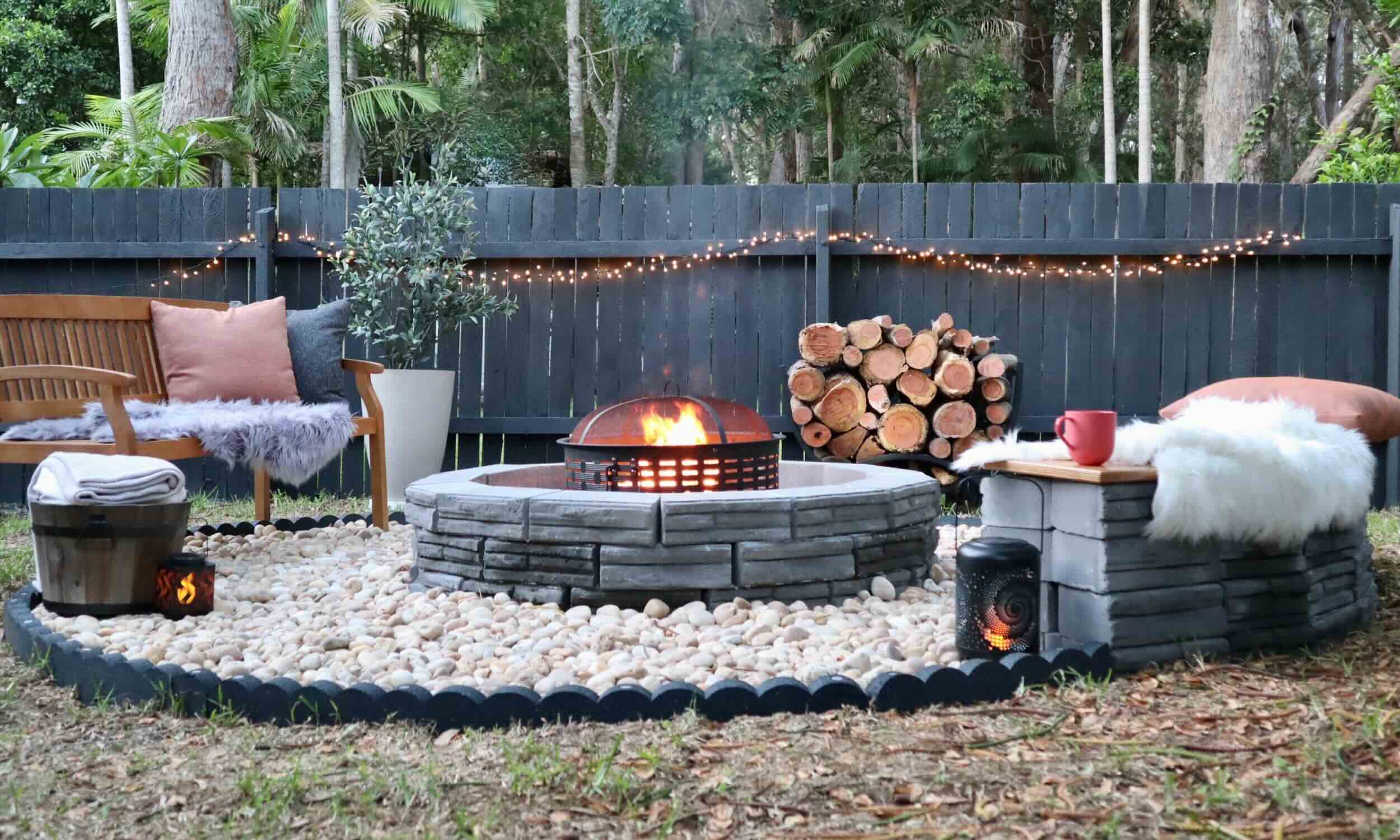
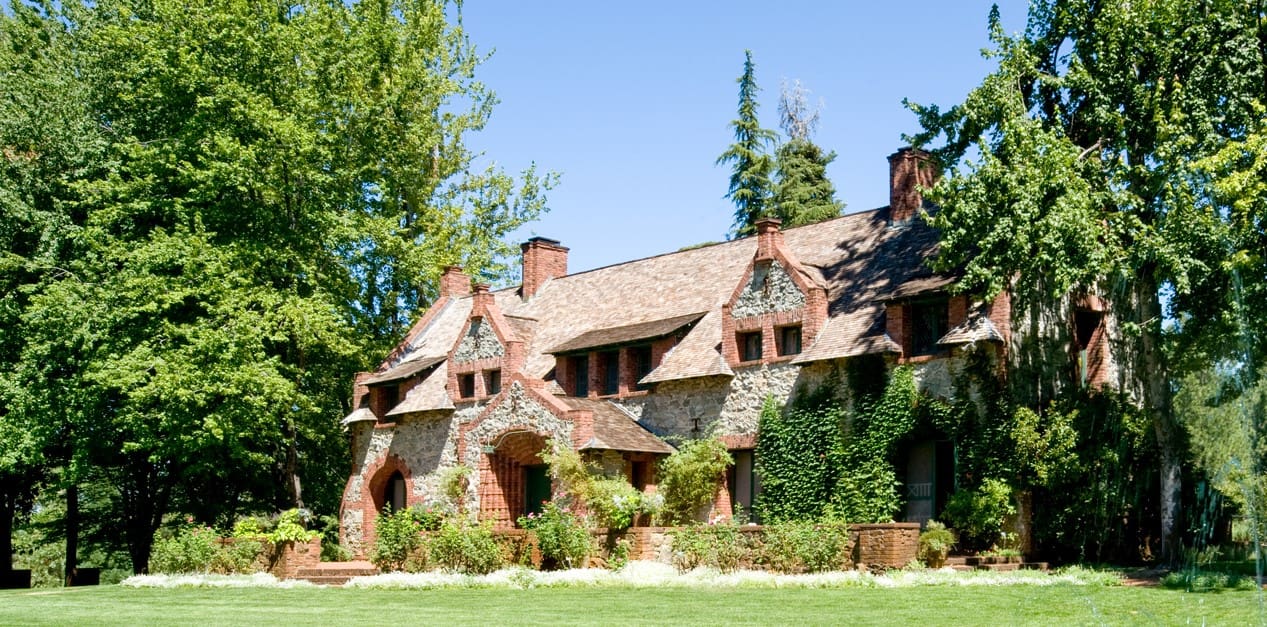
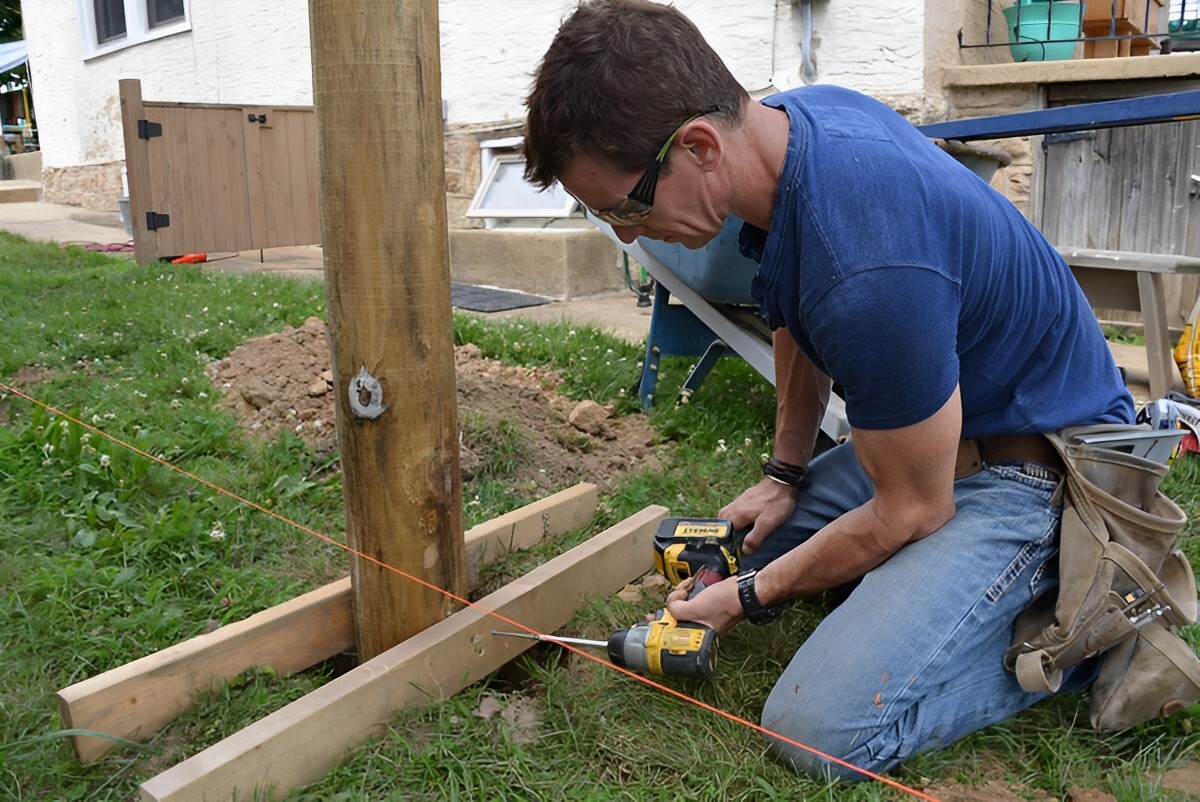
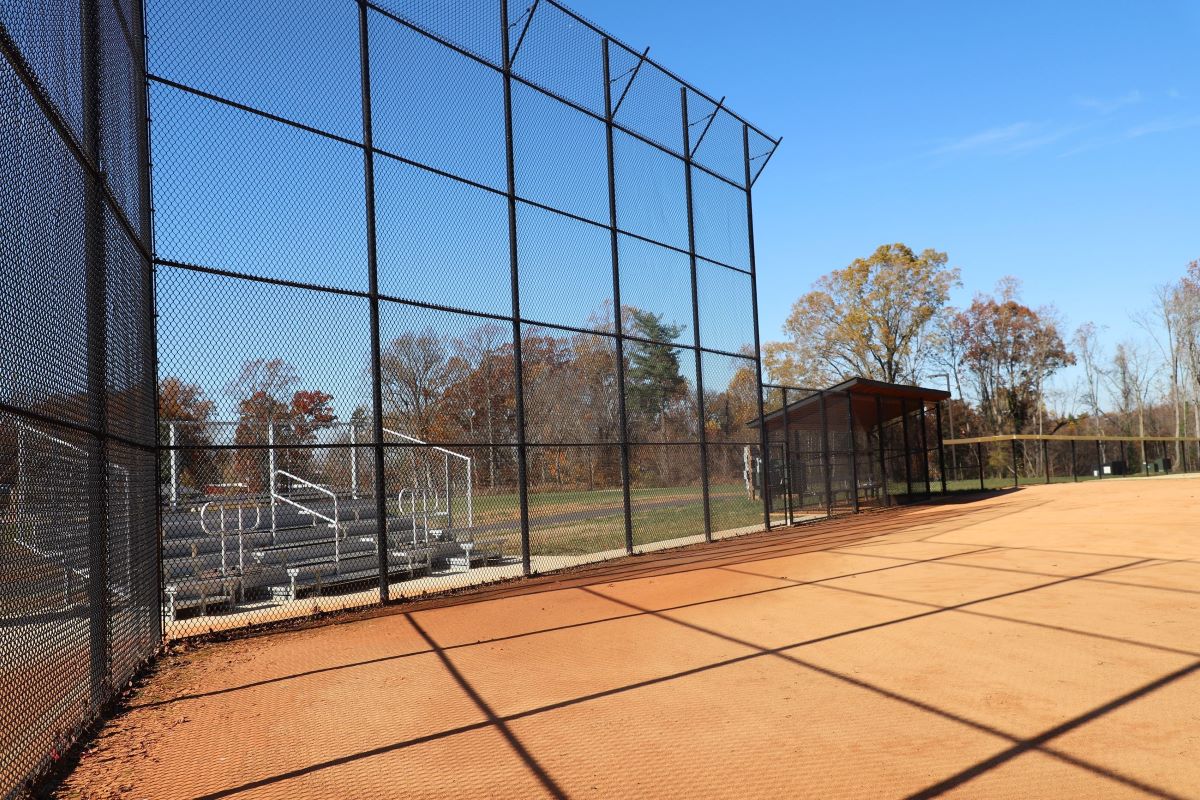
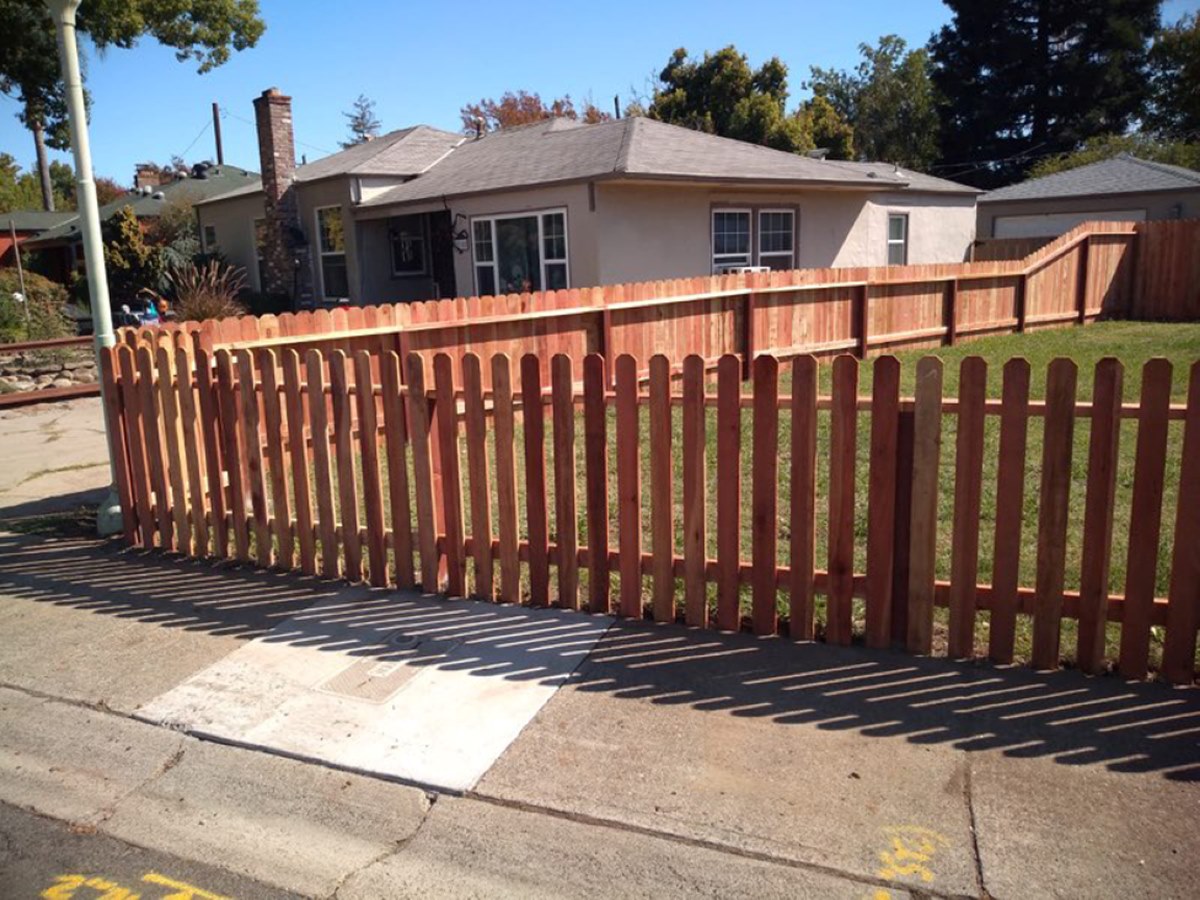

0 thoughts on “How Far Does A Shed Have To Be From The Fence In California”